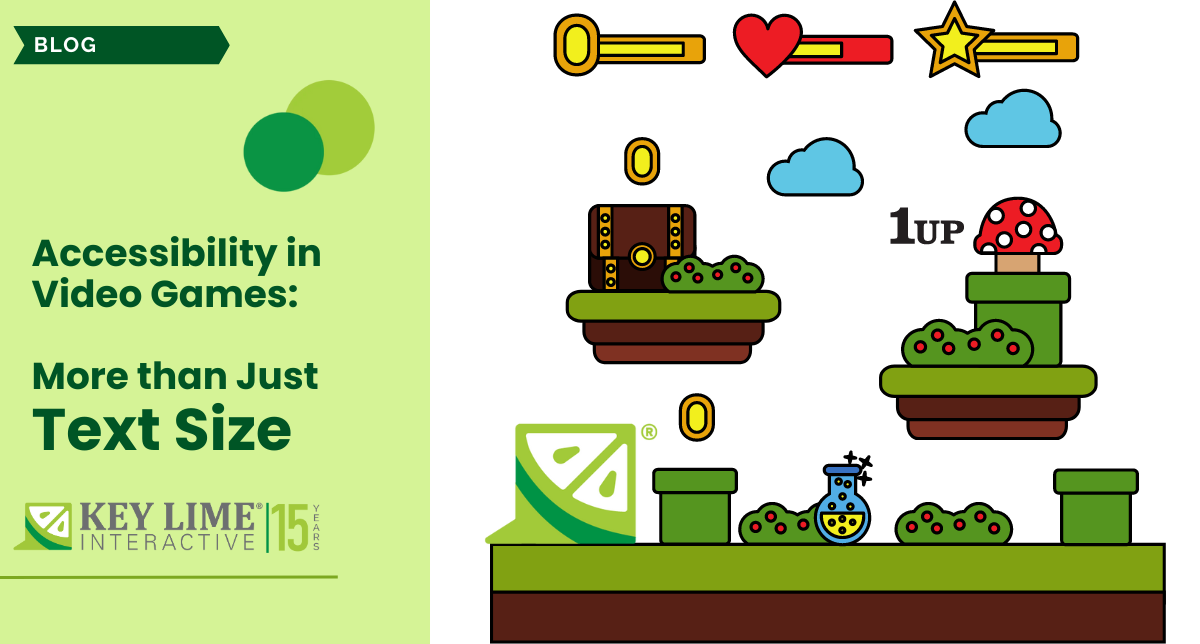
After hours of study preparation, execution, and data analysis, it can be really disheartening when UX research is disregarded during product decision-making. Whether you are asking for more resources, building trust with your users to receive honest feedback, or getting stakeholders to act on your research findings, buy-in is critical to the UX research process.
Chris Voss, a former lead negotiator for the FBI and negotiation teacher, shares practical skills in his book, "Never Split the Difference: Negotiating as if Your Life Depended On It," which UX researchers can apply in their everyday interactions with stakeholders and users. In this blog, I share my key takeaways from Voss’ first three chapters and apply them to my experience as a UX researcher.
Negotiation Explained
To begin with, one might ask: what is negotiation? Negotiation is the process of influencing the behavior of or receiving information from others. As a UX researcher, negotiation helps you understand the product team's knowledge and assumptions to create a research plan that aligns with where they are at. When conversing with users, negotiation helps UX researchers gather information about their context, knowledge, and application usage. After gathering and analyzing data in accordance with the product timeline, the objective is to influence stakeholders' actions with the collected data to impact the end product. All these responsibilities require an understanding of the people you work with in order to influence their behavior and align their different needs into a successful product.
Below, I discuss a few things to keep in mind when negotiating buy-in as a UX researcher. The main theme of these tips is that everyone wants to feel understood and accepted.
Negotiation Tactics
Empathy is a common term in UX, but it's easier said than done. Empathy should not be confused with sympathy, which involves cognitively understanding a person's beliefs or values at a distance. As Voss notes, empathy is instead “making a commitment to understanding their world.” In other words, empathy is experiencing the feelings and emotions of another and stepping into their shoes.
As a UX researcher, when learning about the perspectives of stakeholders and users, Voss says, “Instead of doing any thinking at all in the early phases about what you’re going to say – make your sole and all-encompassing focus on the other person and what they have to say.” . By allowing the stakeholders and users a chance to fulfill their own agendas, it creates enough trust for the real conversation to begin and for you to receive the information you need.
Negotiation is a process of discovery, not a battle. Therefore, it is important to create a friendly and safe environment. Before diving into meeting objectives, I always make an effort to engage in small talk. Asking about their day, weekend, or the weather can provide insight into their communication style and help me gauge how much probing is necessary. While some people dislike small talk, I find that it can help build rapport, especially in a remote setting.
In addition to making a friendly first impression, there is a concept called mirroring that can encourage elaboration and connection during a conversation. When trying to gather information from someone, I use mirroring by repeating their last few words. This technique is based on a biological principle that we fear what is different from ourselves and are drawn to what is similar. With practice, mirroring becomes more natural and can encourage participants and stakeholders to share more because they know they can trust you.
On top of mirroring, I usually introduce an inflection in tone to make it seem like a question. This encourages the person to elaborate or confirm their statement, allowing me to understand the root of the problem better. For example, when a user once told me, "The horizontal scroll is annoying," I responded with curiosity and without judgment, "It's annoying?" This prompted them to explain further: "Scrolling takes more time to get the information I need compared to when I could see it all at once.”
One of the more popular tactics for regulating emotions is to label them. When talking with users, engineers, or PMs, everyone comes in with their own agenda. If you make the user feel incompetent or cause tension with the PM, they might not respond well. Strong emotions elicit greater activity in the amygdala, which is the emotional center of the brain. However, if the emotions are labeled, the activity moves to the frontal cortex, which is the more rational area of the brain, disrupting and diffusing the negative intensity.
When labeling someone's emotion, it is best to use nonpersonal language to avoid coming across as accusatory or confrontational. For example:
- It seems like you might be worried about the limited resources on your team.
- It sounds like you might dislike the new upgrades to this feature.
- It looks like you might be experiencing some confusion with the product.
Using "seems," "sounds,” and "looks like" instead of stating facts gives the other person the opportunity to correct any misperceptions without feeling attacked.
After labeling the emotion, it's important to give the person some space and time to express themselves freely. This may involve allowing a moment of silence, which can give the person time to gather their thoughts and express themselves more clearly. In many cases, giving the person this space will lead to them further elaborating on or correcting their initial statement by allowing the person to express themselves freely and without interruption, you can create a safe and supportive environment that encourages honest and open communication.
Negotiation as an Ongoing Process
Negotiating is not a one-time event that you prepare for and risk everything on. It is an ongoing process where you continually build influence and gain trust from colleagues and participants. At Key Lime Interactive, we prioritize maintaining client relationships through building partnerships where both sides can negotiate based on their needs and resources.
To achieve this, we establish clear communication channels to understand our client's needs and concerns better, work to build trust and rapport and focus on finding mutually beneficial solutions that work for everyone involved.
Overall, we are committed to navigating difficult negotiations and ensuring that our clients' needs are always met through flexible and creative approaches that keep an eye on the bigger picture. Check out our approach here to learn more about how we can work together to build more user-centered products and services!










Comments
Add Comment